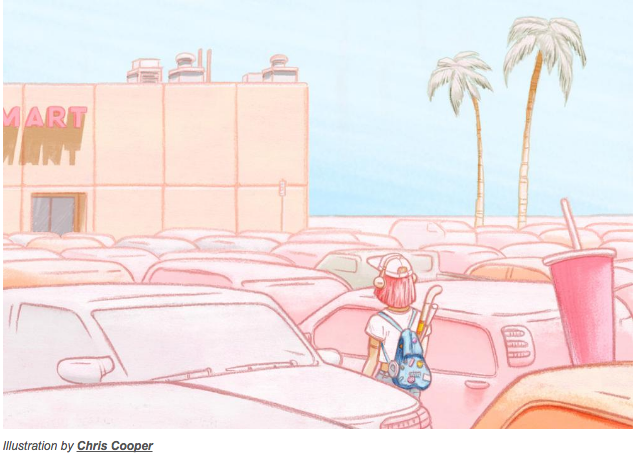It’s easy to dismiss ’90s malls as soulless shrines to consumption, home to crappy food courts, and embarrassing mid-market chain stores. But doing so ignores the ways in which these places gave teenagers a sense of connection with each other, as well as the freedom to be themselves. As a teenager, Saturdays and school holidays were spent with my friends, drifting up and down the escalators or circling the faux-Milanese atrium, the focal point of an exceedingly average Perth mall called the Galleria. We’d stop to try on Doc Martens that were out of our price range or cowl neck minidresses meant for nightclubs we were too young to go to. These unsupervised hours were our first real taste of adult freedom. The inward-facing nature of mall architecture let us indulge in our friendships and be as insular as we wanted to be—we were free to simply drift, to take up space. The things we did buy, like strawberry lip balms from The Body Shop and albums salvaged from the discount rack at Sanity, didn’t feel like consumer items, they felt like the evidence of our bonds.
— I wrote an essay for Vice, about being a teenage mallrat, as part of their weekend summer series. You can read it in full here.
